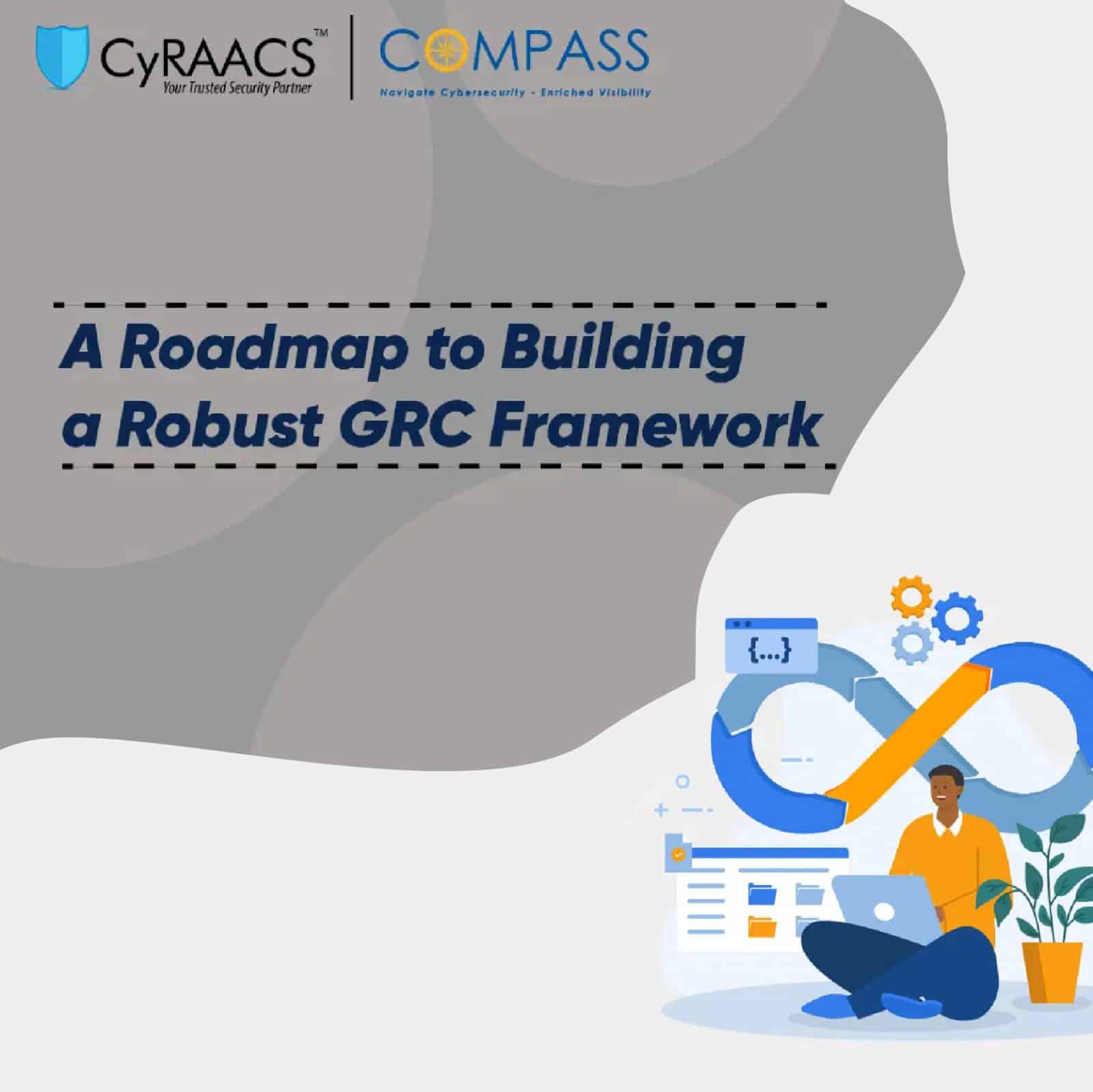
In today's dynamic business landscape, organizations face an ever-increasing array of challenges, from regulatory compliance and cybersecurity threats to operational risks and data privacy concerns. To navigate these treacherous waters, companies must implement a holistic approach to governance, risk management, and compliance (GRC). This journey toward achieving effective GRC can be likened to setting sail on a sea of possibilities, with numerous islands of success to discover. But how do you embark on this voyage, and what can you expect to encounter along the way? Let's dive in and explore the intricacies of getting started with your GRC journey.
To begin our GRC journey, it's vital to understand what GRC entails. GRC is a structured approach that aligns an organization's objectives, policies, and procedures with the various risks and compliance requirements it faces. This alignment is crucial for maintaining the organization's integrity and resilience in an ever-changing business environment.
Governance: This involves defining the rules, roles, and responsibilities within an organization. Governance sets the direction and tone for the entire GRC strategy and ensures that objectives are clear and well-communicated.
Risk Management: Risk management is all about identifying, assessing, and mitigating risks that could impact the organization's ability to achieve its goals. It is the heart of GRC, helping to protect the organization from potential pitfalls.
Compliance: Compliance encompasses adherence to laws, regulations, and internal policies. Ensuring compliance is not only a legal obligation but also essential for maintaining the organization's reputation and customer trust.
As we embark on our GRC journey, let's dive into a real-world example in the Healthcare Industry to guide us on our path and to introduce these concepts:
Imagine a healthcare provider with multiple facilities nationwide. This organization is entrusted with the sensitive healthcare data of countless patients, and compliance with regulations like HIPAA (Health Insurance Portability and Accountability Act) is paramount.
Governance: To start their GRC journey, the healthcare provider established clear governance. They defined the roles and responsibilities within the organization to ensure that objectives, like safeguarding patient data, were well-communicated.
Risk Management: The organization conducted a comprehensive risk assessment to identify vulnerabilities in its data storage and transmission processes. This helped them in assessing the risks involved in protecting patient information.
Compliance: They implemented a robust compliance program, conducting regular HIPAA audits and training their staff to ensure compliance with the law.
This real-world example highlights the importance of understanding the GRC framework. Defining objectives, roles, and responsibilities (governance), assessing vulnerabilities (risk management), and ensuring compliance with healthcare regulations (compliance) were the critical first steps of their GRC journey.
Managing Governance, Risk, and Compliance (GRC) within an organization involves structured processes and integration of people, technology, and policies. Here's a brief overview of how GRC is managed:
By aligning these elements, organizations can effectively navigate risks and regulations while achieving their objectives and long-term success.
COMPASS, a specialized lightweight platform, enhances your Internal Audit and external audit processes and user experience. Some of the benefits of using COMPASS include:
In conclusion, embarking on a GRC journey is crucial for organizations to navigate the complex seas of governance, risk management, and compliance. This holistic approach requires a strong foundation in governance, proactive risk management, and adherence to compliance standards. Real-world examples demonstrate the effectiveness of GRC initiatives, with healthcare providers and financial institutions showcasing the importance of understanding the GRC framework. As you set sail on your GRC journey, remember that it's an ongoing process with no fixed destination, but the rewards in terms of resilience and success are well worth the effort.
